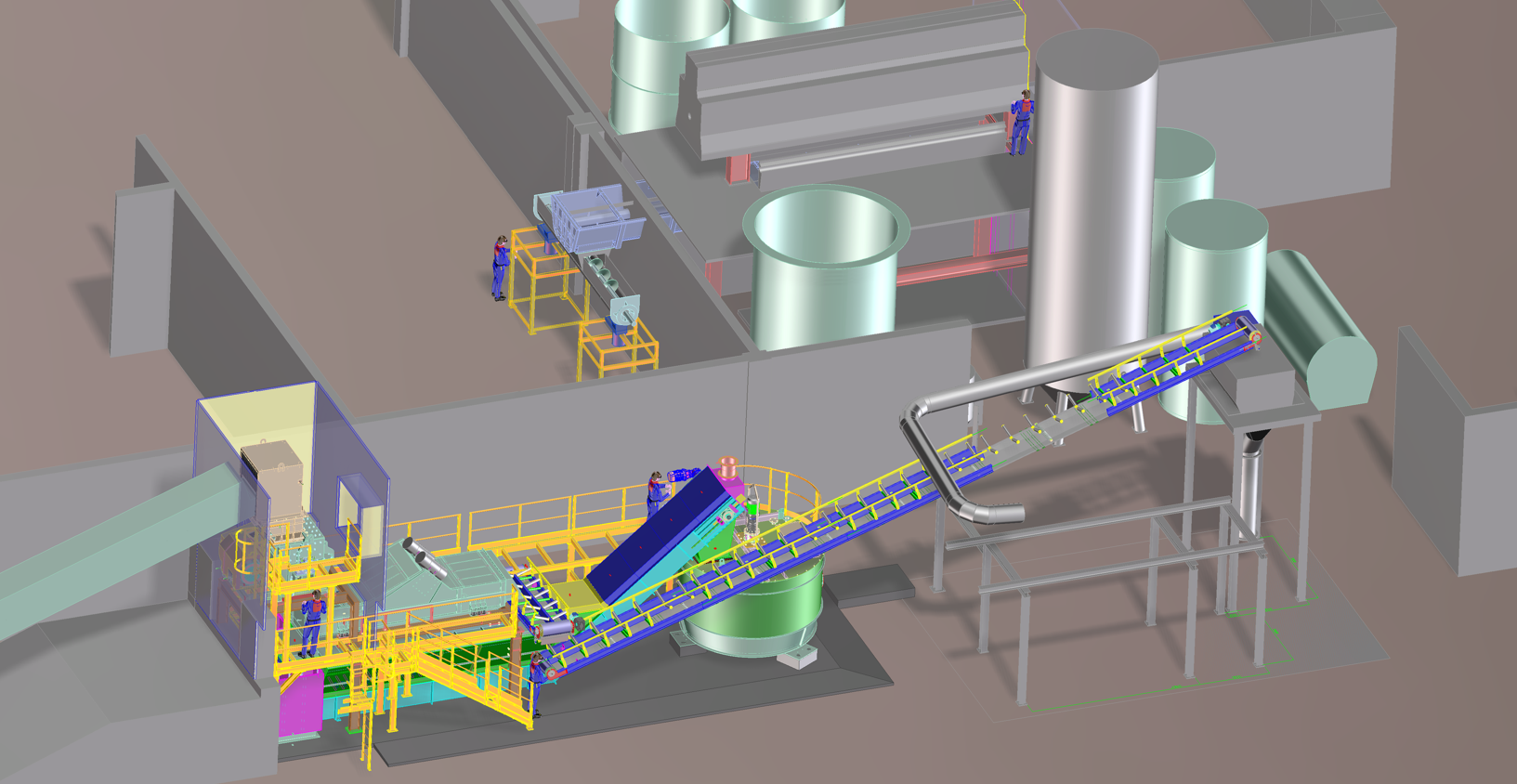There are several actions that can be undertaken to reduce the production costs of a battery recycling plant:
Optimize process efficiency: Improving process efficiency can help reduce production costs by minimizing waste, energy consumption, and labor costs. This can be achieved by selecting the most efficient recycling technology, optimizing production processes, and utilizing automation and software control systems.
Utilize renewable energy sources: Utilizing renewable energy sources, such as solar, wind, or geothermal energy, can help reduce energy costs and decrease plant’s carbon footprint.
Implement recycling technologies with high metal recovery rates: Selecting recycling technologies with high metal recovery rates can reduce raw material costs and increase revenue generated from recycled materials.
Use recycled materials: Using recycled materials, such as recycled lead or plastic, can help reduce the costs of purchasing raw materials and decrease plant’s environmental impact.
Invest in maintenance and repair: Investing in regular maintenance and repair of machinery and equipment can help prevent breakdowns and costly downtime.
Streamline supply chain: Streamlining the supply chain by optimizing logistics, reducing transportation costs, and working with reliable suppliers can help reduce overall production costs.
Utilize government incentives: Governments may offer incentives, such as tax credits or subsidies, to companies that invest in environmentally sustainable technologies or that meet certain environmental standards.
8 WAYS TO REDUCE MAINTENANCE RECYCLING PLANT COSTS
The main cost and maintenance items for machinery and equipment in a battery recycling plant are:
1: Replacement parts
Replacement parts, such as hammers, bearings, and filters, are required for regular maintenance of machinery and equipment.
Replacing moving parts in a battery recycling plant involves several steps:
- Identify the faulty part: The first step in replacing moving parts is to identify the part that needs to be replaced. This can be done through regular inspections, maintenance checks, or by identifying issues during plant operation.
- Order replacement parts: Once the faulty part is identified, replacement parts need to be ordered. This can be done through established supply chains or by working with manufacturers or distributors of the machinery or equipment.
- Schedule maintenance: Maintenance personnel should schedule the replacement of the faulty part during a maintenance window to minimize downtime and production loss.
- Prepare for replacement: Before replacing the faulty part, maintenance personnel should prepare the equipment and machinery for maintenance. This may involve shutting down the equipment, draining fluids, or removing surrounding components.
- Remove the faulty part: The faulty part should be carefully removed from the equipment or machinery according to manufacturer’s instructions or best practices.
- Install replacement part: The replacement part should be installed according to manufacturer’s instructions or best practices. This may involve aligning, lubricating, or adjusting components.
- Test equipment and machinery: After the replacement part is installed, the equipment and machinery should be tested to ensure proper operation and alignment.
- Document replacement: The replacement should be documented in maintenance logs or equipment records to track maintenance history and schedule future maintenance.
2: Lubrication and fluids
Lubricants, coolants, and other fluids are required for the proper operation of machinery and equipment and need to be regularly replenished.
3: Electrical components
Electrical components, such as motors, drives, and control systems, require regular maintenance and replacement as needed.
4: Maintenance labor
Labor costs for maintenance personnel to perform regular maintenance and repairs on machinery and equipment.
5: Emergency repairs
Unforeseen breakdowns and emergency repairs can result in unplanned costs for machinery and equipment.
6: Upgrades and modifications
Upgrades and modifications to machinery and equipment may be required to improve efficiency or comply with changing regulatory standards.
7: Disposal of equipment
Disposal of old or outdated equipment requires proper handling and disposal, which can incur additional costs.
8: Training
Training for operators and maintenance personnel is necessary to ensure proper operation and maintenance of machinery and equipment.
Comments are closed.

